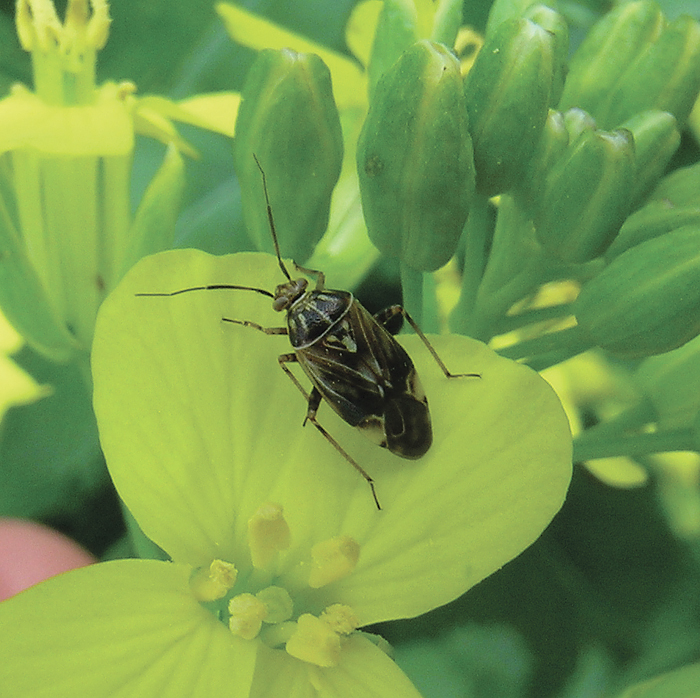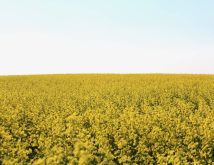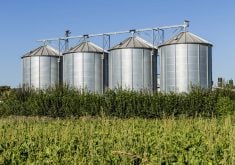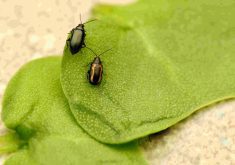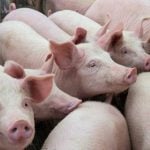Lygus bugs are still showing up in canola fields, but if seeds on the lower pods are changing colour then spraying with an insecticide is probably uneconomic, says John Gavloski, an entomologist with Manitoba Agriculture, Food and Rural Development.
“The plant can compensate well unless there’s very, very dry conditions,” he said in an interview Aug. 20.
Once seeds in the lower pods start to get some mottling — green-brown colour — which is the 5.3 growth stage, lygus bugs can’t do much damage to canola seeds, Gavloski said.
Read Also

Manitoba boosts stake in cereals centre to $23.5 million
Premier Wab Kinew said the additional project funds will help ‘Trump-proof’ the provincial economy.
“People should be examining seeds in the lower pods and seeing what stage they are in,” he said. “If they’re still all green the plants could be susceptible to lygus if levels are high. If there is some mottling starting to happen in those lower pods then it’s too late to be worried about lygus bugs.”
There are tables to help determine the economic threshold for lygus bugs in a susceptible crop. At current prices the guideline is 10 to 15 bugs in 10 sweeps, Gavloski said.
- From the Alberta Farmer Express: Watch for lygus bug damage on faba beans
“It’s the older juveniles and adults that can do the most damage in canola,” he said. “The young juveniles of lygus have trouble piercing the pods. So when doing the counts it’s the older juveniles and adults that you look for, especially when the seed is closer to colour change.”
Research is underway to reassess the economic threshold for controlling lygus bugs, Gavloski said. Scientists suspect modern canola varieties can tolerate higher numbers of the seed-sucking insect.
The Canola Council of Canada says in its CANOLAWATCH newsletter a number of factors can affect a lygus infestation. One is rain, which knocks the insects to the ground where they can be eaten by other insects.


